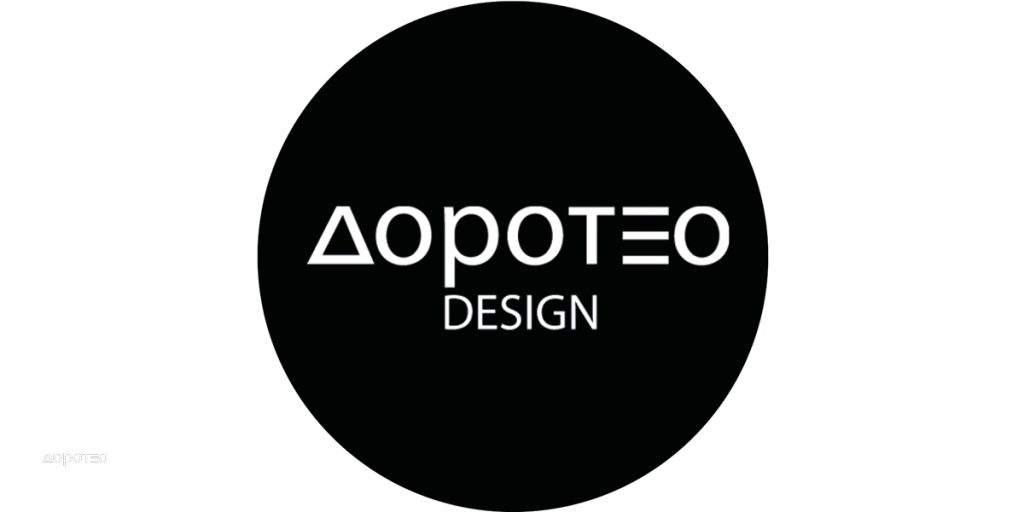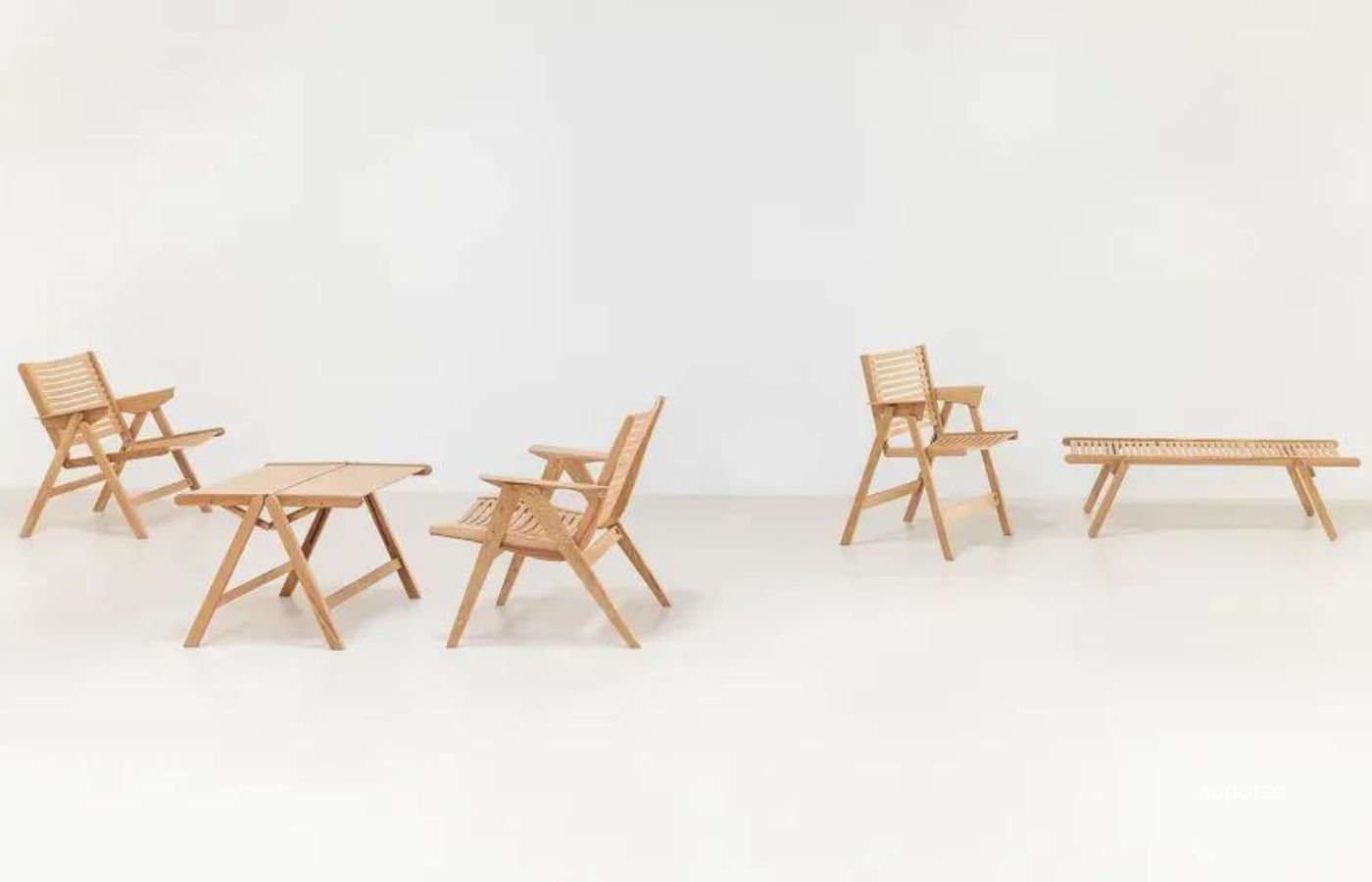
Pioneers of industrial design in Yugoslavia
Pročitaj tekst na srpsko-hrvatskom!
During the period from 1950 to 1990, Yugoslavia witnessed significant changes in industry, including the field of industrial design. As exemplified by Jugokeramika, industrial design in Yugoslavia began to develop immediately after World War II, reaching its peak in the 1970s and 1980s.
Industrial design in the Socialist Federal Republic of Yugoslavia (SFRJ) was not merely a testament to technological progress but also an expression of creativity and vibrancy.
Talented designers, pioneers in this emerging industry, crafted everyday objects influenced by Bauhaus ideas to appeal to the masses, laying the foundation for a legacy that remains relevant today.
In the socialist era, designers were considered just another worker in the industry, part of the collective. Despite being crucial in production, they didn’t emphasize their authorship with their names, as is common today. Nevertheless, many pioneers of industrial design managed to stand out and build their own names, or at least, recent times have viewed their creations not just as reflections of a specific time and place but as inspiration for future generations of designers in these regions and beyond.
What is now terminologically framed as Yugoslav design was characterized by talented designers whose works left an indelible mark, deserving special attention.
Blaženka Kučinac / Form and Functionality
Blaženka Kučinac, a prominent member of the first post-war generation of furniture designers in Yugoslavia, made an enduring impact on the fields of design and functionality. Born in 1937 in Zagaj, Slovenia, Kučinac became one of the few women in Yugoslavia to establish herself in this industry during her career.
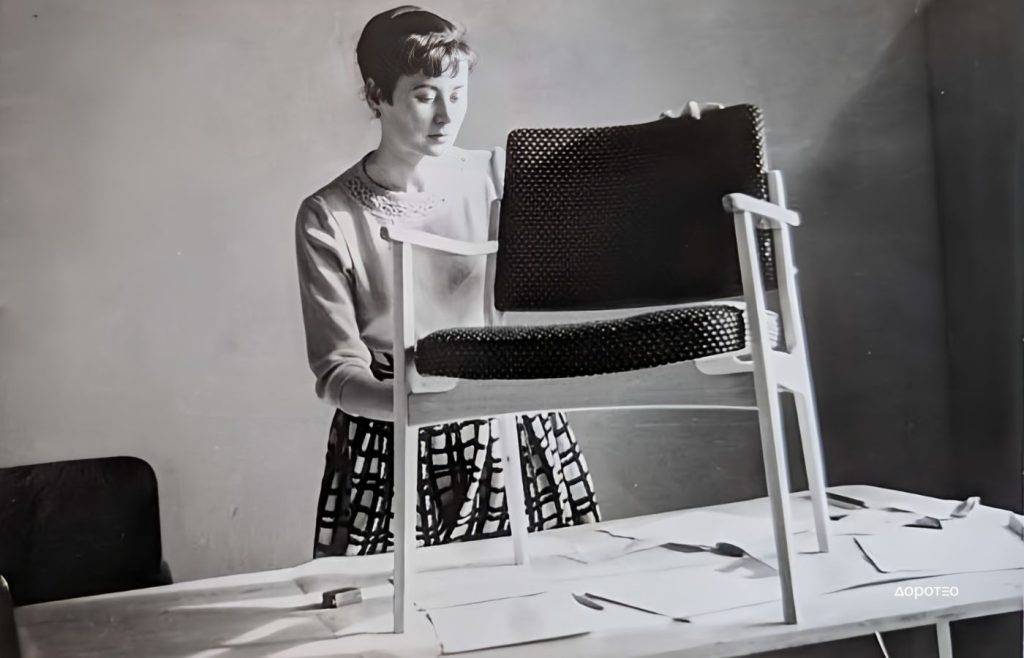
She started her work in the late 1950s, during a period emphasizing ‘art in industry’ and intense industrial expansion in furniture production. Graduating from the School of Applied Arts in Zagreb in 1958, she joined the Zagreb Furniture Factory just days after graduation as an “industrial aesthete,” a position specially created for her by her mentor.
After gaining valuable experience in Zagreb, Kučinac joined the Mobilia furniture factory in Osijek in 1960. Over two decades in the Design Department, she designed various elements and interior furnishing systems, contributing to the development of furniture series. One of her notable projects was the innovative design of a bedroom in 1962, addressing the functionality of reduced living spaces by replacing bedside tables with a linen cabinet and incorporating a large mirror on sliding wardrobe doors.
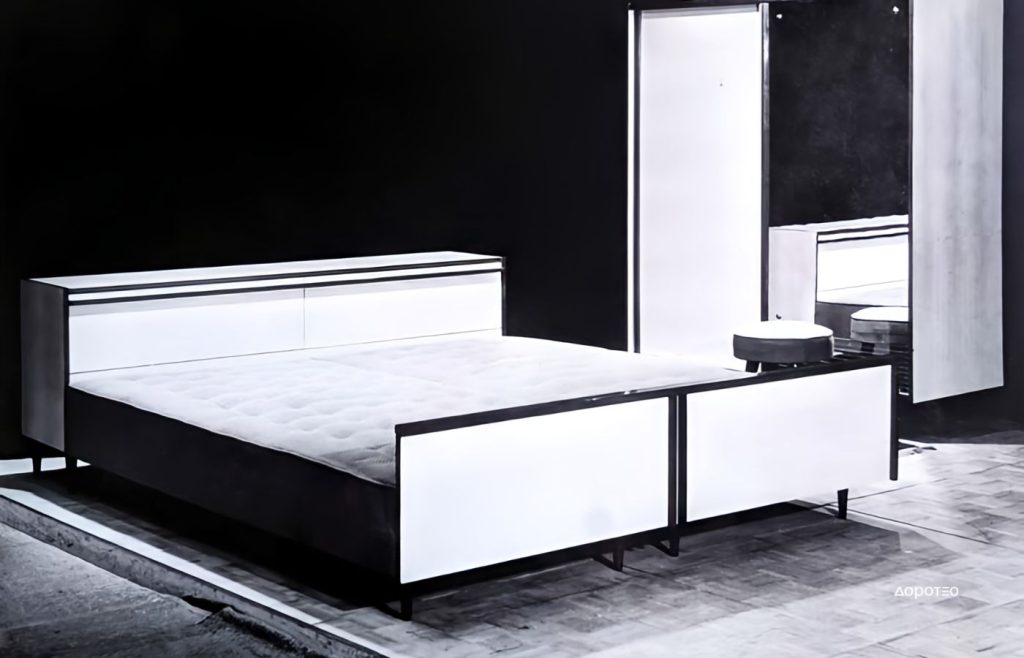
Kučinac also designed the Osijek living room in 1964, crucial for the factory’s revitalization. Inspired by traditional structures around Nove Gradiške, it featured distinctive and popular furniture pieces. The main detail was manually carved edge slats sourced from a cooperative near Nove Gradiške. This design became part of the Osijek series, which achieved tremendous success in the market, flooding Yugoslavia with its production for years.
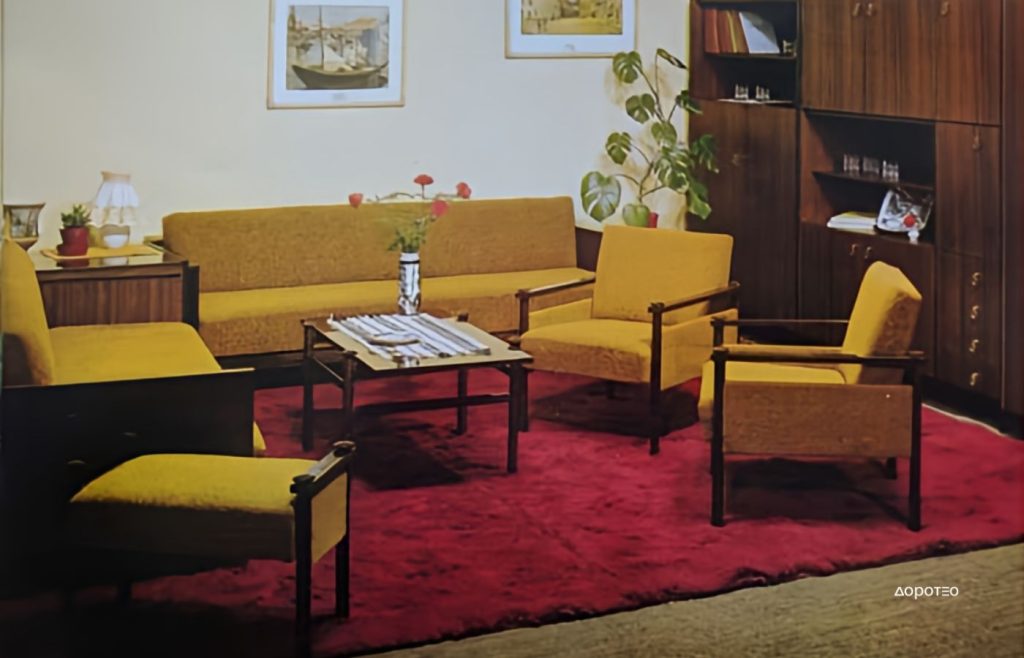
Kučinac not only contributed to mass production but also developed thoughtful modular systems. Her expertise in chair design, including Zebra, Skakavac, Dora, Fotelja 49, A-1, T, and others, was crucial for market success. Even though Mobilia – Ivo Marinković ceased operations in the 1990s, Blaženka Kučinac’s legacy endures through the innovative and functional furniture pieces created during her remarkable career.
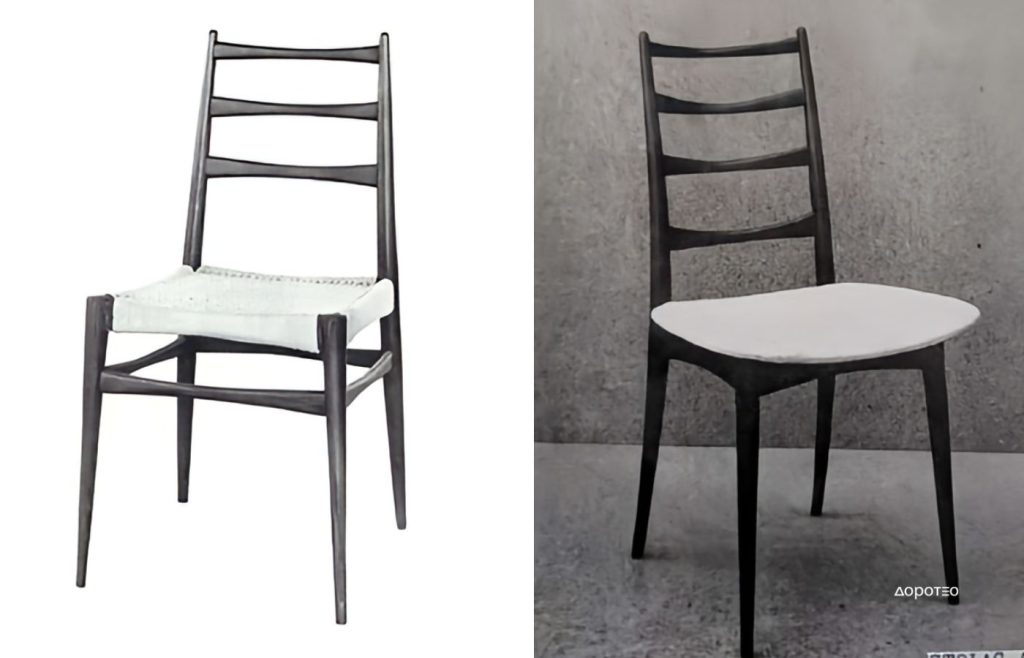
Davorin Savnik / Revolutionizing Form and Function of Utility Objects
Davorin Savnik, a pioneer of industrial design in Yugoslavia, was known for integrating aesthetics and functionality in his projects. His renowned Iskra ETA telephone model exemplifies this approach during a time when the need for phones in every home arose.
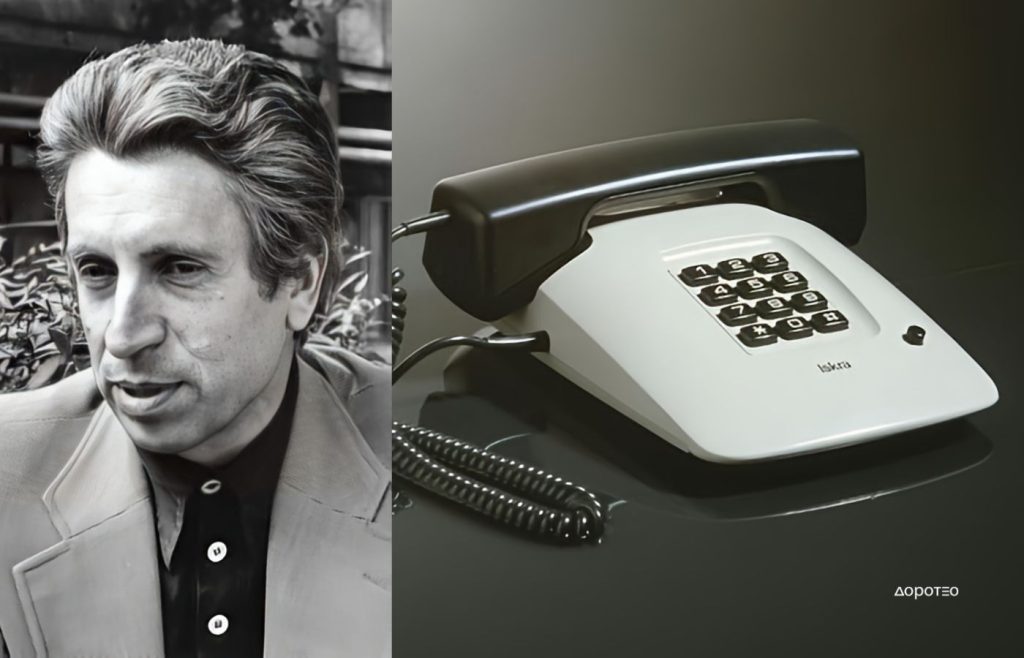
Born in 1929 in Kranj, Savnik studied in Ljubljana and earned a master’s degree in industrial design in Prague in 1969. Much of his career was spent at the Iskra factory in Kranj, where he served as the chief designer and later design director. He focused on designing audiovisual and telecommunication equipment, phones, electric appliances, and household items. Savnik’s products were ubiquitous in Yugoslav homes, winning numerous global awards. In 1968, the Stedelijk Museum in Amsterdam presented him as one of the twenty most prominent European designers.
Savnik’s minimalist design philosophy was evident in the Iskra ETA telephone, challenging the conventional perception of phones with its modern and popular design.
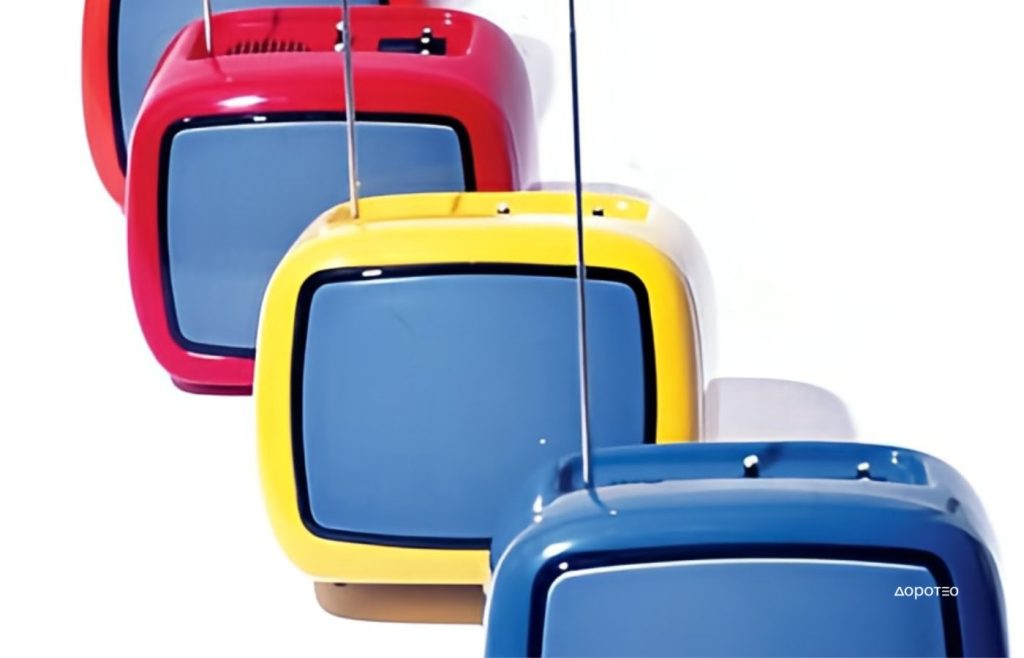
Noe Maričić – Functionality and aesthetics
Just as Savnik’s phones marked the hallways of Yugoslav homes, the sound of Mlinac Miki resonated from every kitchen, grinding freshly roasted coffee—a product of the Rade Končar factory. Noe Maričić, employed at Končar’s Electrotechnical Institute from 1963 to 1982, played a key role in creating aesthetic and functional solutions for a wide range of products. He was also a co-founder of the Design Sector at the Institute, shaping its visual identity and industrial products.
In 1977, Maričić redesigned the housing of the popular Mlinac Miki, originally designed by Bruna Planinšeka. His modifications brought freshness and improved aesthetics without compromising the original form. He incorporated new and enhanced materials, such as high-quality thermoplastic, making the cover more impact-resistant and reducing noise during coffee grinding. The updated color palette enhanced its visual appeal.
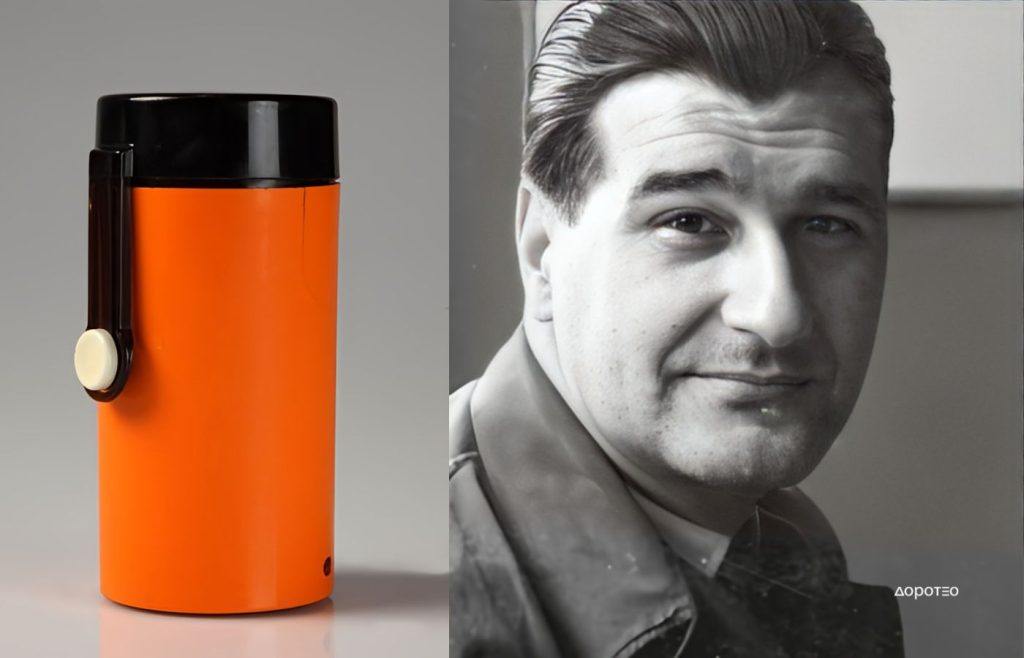
Maričić’s influence extended beyond coffee grinders to include the design of other household appliances, including water heaters, air heaters, boilers, and a range of stoves and refrigerators for Končar. His vision and innovations were recognized with awards, including the A2 and A3 welding machines winning the Design Award at the Belgrade Technical Fair in 1974.
Noe Maričić didn’t just design objects; he shaped the daily lives of Yugoslav households. His contribution to the design industry remains indelible, with his works remembered as symbols of functionality, aesthetics, and the innovative spirit of Yugoslavia.
Miroljub Kostić – Kole / Founder of Serbian Industrial Design
Miroljub Kostić was born in Niš, graduated from the Academy of Applied Arts in Belgrade in 1973, and has been working at the Design Bureau of the Electronic Industry in Niš since 1975. Finally, he attained the title of a regular professor at the Department of Industrial Design at the Faculty of Applied Arts in Belgrade in 2006, and his long-term work with students in a way rounded off Miroljub Kostić’s intensive professional engagement.
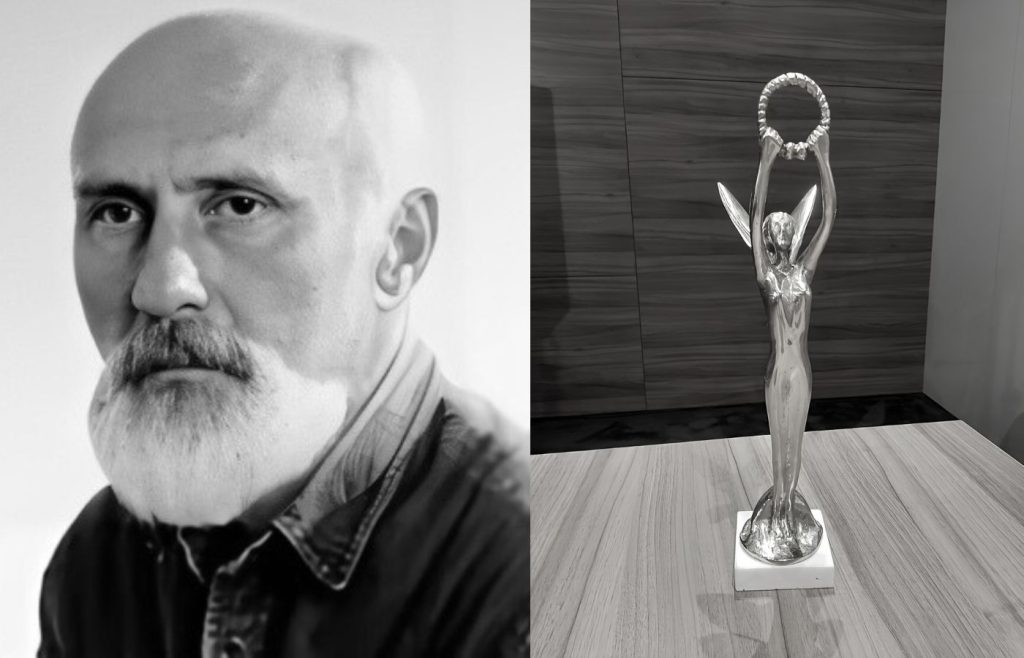
As a designer, he became part of a creative team that brought the name EI Niš to the world stage. Kostić designed most of the televisions that came off their production line, as well as radios, watches, automatic conference systems, and other telecommunication equipment, for which he received numerous domestic and foreign awards. His unique approach and clear guiding idea in creating products in the field of electronics greatly influenced the coordinates along which industrial design developed in our region.
His significance is particularly reflected in his passionate efforts to change the practices that lacked a particularly valuable history of design in his environment. His creations confirm that great inventors should, while creating revolutionary inventions, also consider the visual aspect of their pragmatism, making them more appealing.
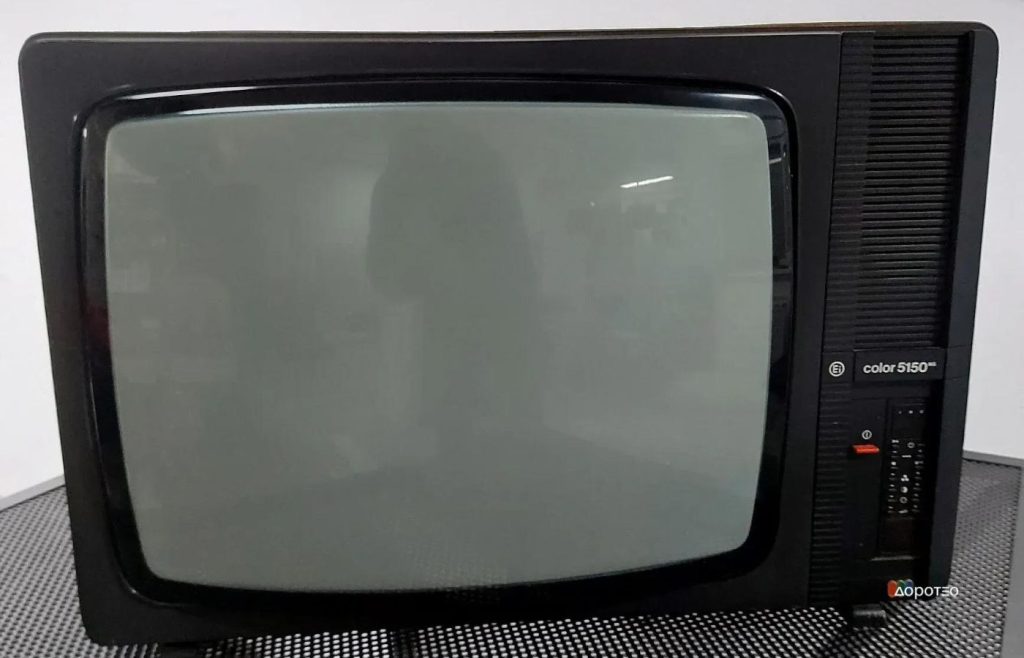
On the other hand, Kostić left a significant legacy as a sculptor, with his opus including monumental sculptures, busts of significant historical figures, sculptures of contemporaries, various smaller objects, as well as the Nais statue awarded at the Niš Film Festival.
Dragan Drobnjak / Sculptor by Vocation, Designer by Practice
Dragan Drobnjak is an artist capable of creating forms from clay, porcelain, and glass, primal self-developing materials, that rightfully earned him the title “poet in glass and porcelain.” He graduated from the Academy of Applied Arts in 1961 and completed postgraduate studies in 1981. Since 1969, he has worked as a glass designer at the “9. Oktobar” factory in Prokuplje. A sculptor by vocation and a designer by practice, Drobnjak made sure that the artistic approach prevailed even in utility objects intended for industrial production. He approached his ideal that utilitarian objects should not be rarities but rather common items in households.
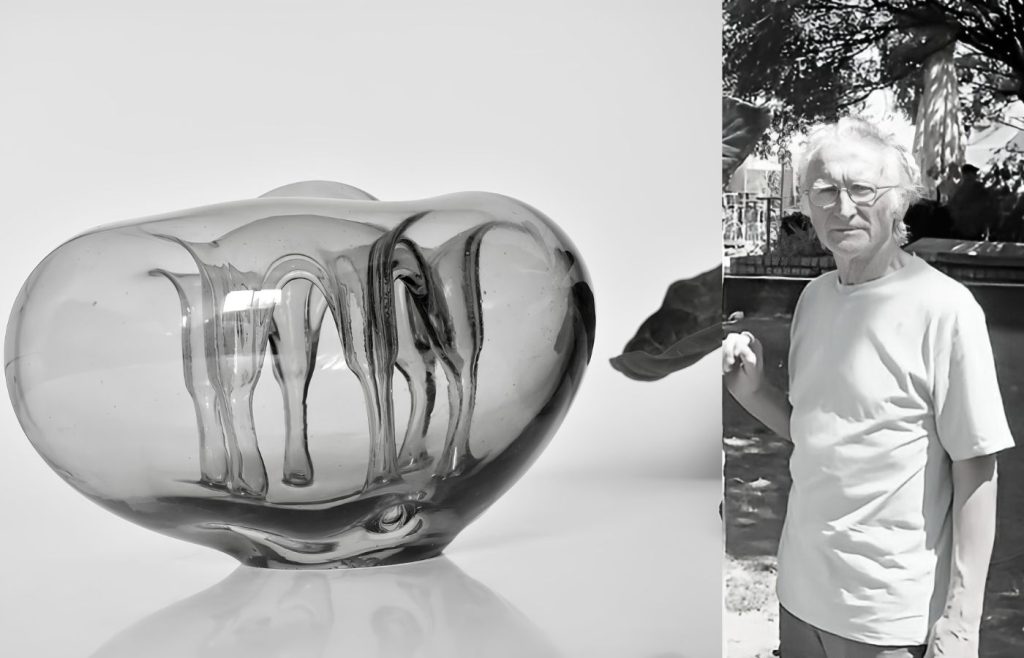
There is no award in the field of design and sculpture in the former Yugoslavia that Drobnjak has not won, some even multiple times. Perhaps his greatest reward is the fact that his glass creations from the Prokuplje factory were found in every home in the former republic. Not only that, but these items remain very popular and sought after today, probably precisely because their creation is fundamentally a sculptural process.
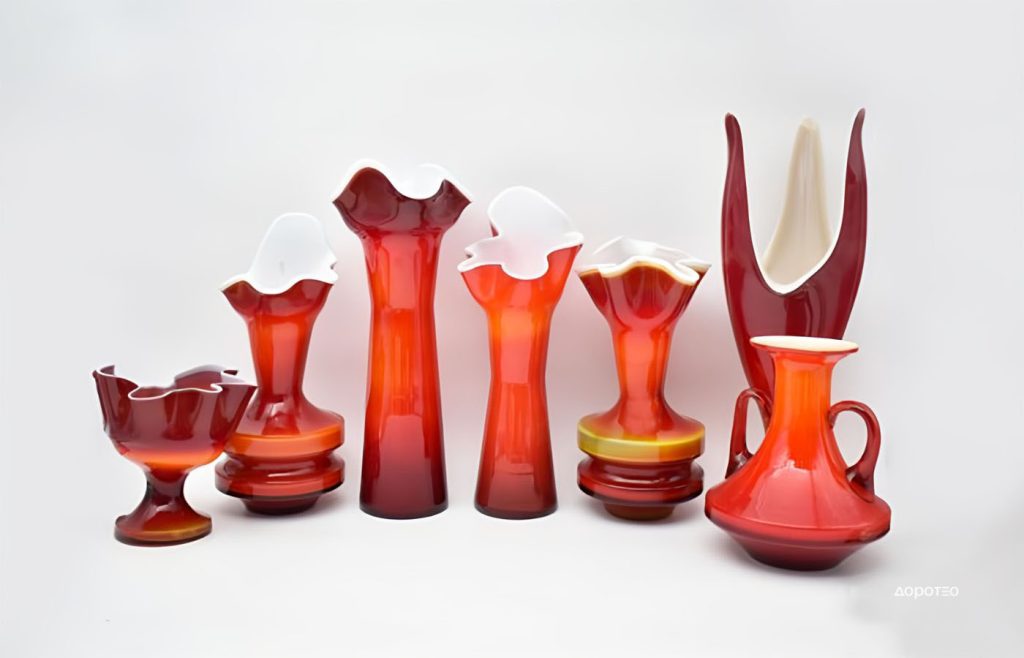
The free forms created by Dragan Drobnjak within industrial production are conceived in the best tradition of abstract sculpture, often appearing as if they emerged from the internal tensions of molten glass magma, in the grip of that specific material to shed formlessness and take shape. Drobnjak manages to organize the light within the object, even though it is not entirely simple, especially when working with blown glass where decisions of this kind must be made quickly. This unpredictability and subsequent uniqueness are precisely the most important visual components of Drobnjak’s works that make them attractive even today.
Niko Kralj / Simplicity with Purpose
Niko Kralj, born in 1920, remains an immortal name in the world of industrial design, recognized for his chairs that have become iconic symbols of simplicity and functionality. His legacy is not only reflected in creating aesthetically pleasing furniture pieces but also in setting standards in Yugoslav design during the dynamic years from the 1950s to the 1990s.
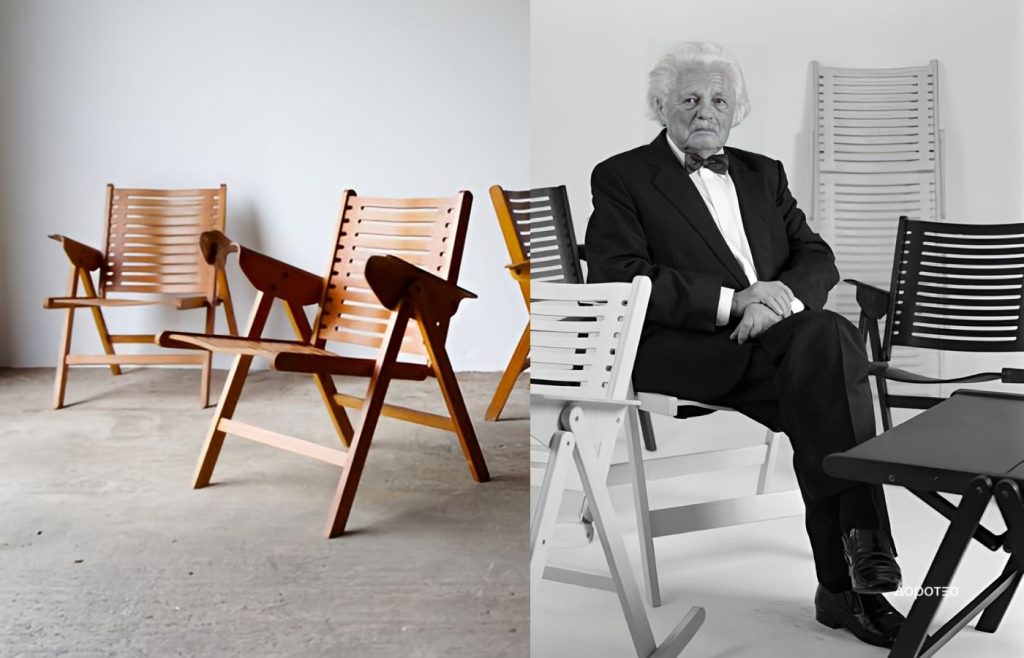
Niko Kralj was a pioneer in experimenting with materials and production technologies, enhancing the aesthetics of Yugoslav furniture. His chair designs, combining simple lines and high functionality, reflected the spirit of modernization of that era and were the best domestic examples of the Bauhaus style.
During a time of intense social changes in Yugoslavia, Kralj set new standards in industrial design. His ability to integrate global trends into the local context made him a key player in the internationalization of Yugoslav design.
In the early fifties, he developed the idea of using two layers of veneer in the early 1950s, with the aim of creating an ergonomic chair called “Lupina” that consists of a single basic component. With different shapes, applications, and frames, this concept has been used for decades in offices, homes, as well as for public seating.
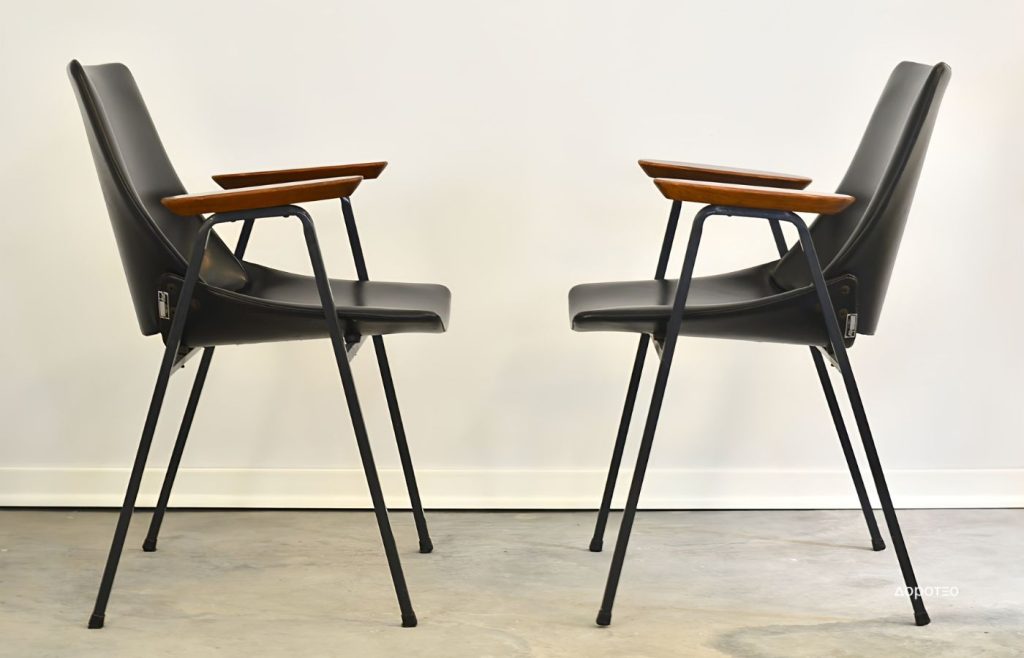
Kralj is especially known for the “Rex” chair, a symbol of Yugoslav industrial design. This chair, born from Kralj’s hand in 1953 and marketed by the Stol Kamnik factory, became a cult object with its distinctive spatially bent veneer plate and is exhibited in the collections of the Museum of Modern Art in New York, Muzeumkvartira in Vienna, and the Museum of Architecture and Design in Ljubljana. It was a wooden chair whose appearance did not significantly differ from the final version; the only difference was the absence of the folding option, as the chairs could be stacked on top of each other. The model was improved in 1957 when Kralj officially patented it. The innovation was not only in aesthetics but also in functionality, as the chair gained the ability to fold, making it adaptable and practical.
In the years that followed, the entire Rex program was created, including a chair, armchair, lounge chair, table, magazine rack, and more. In 2012, the Impakta Holding company bought the copyright for the entire “Rex” program, and it continues to sell equally well today as it did in the former Yugoslavia, while Kralj’s popularity remains undiminished. Although he passed away in 2012 at the age of 92, his legacy lives on because the furniture he designed continues to inspire new generations and remains a classic in the world of design.
All images and materials are copyright protected and are the property of doroteo.rs

